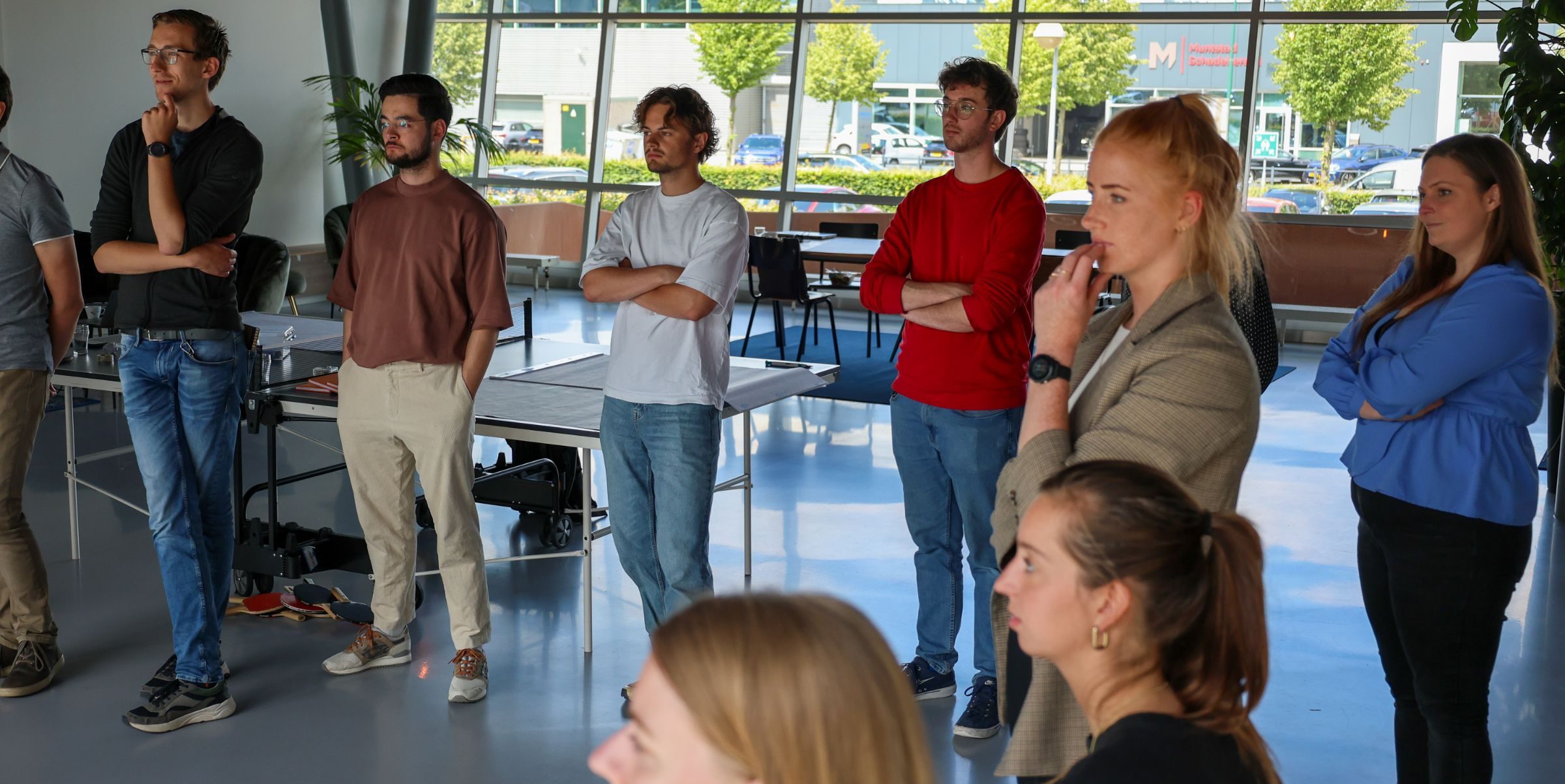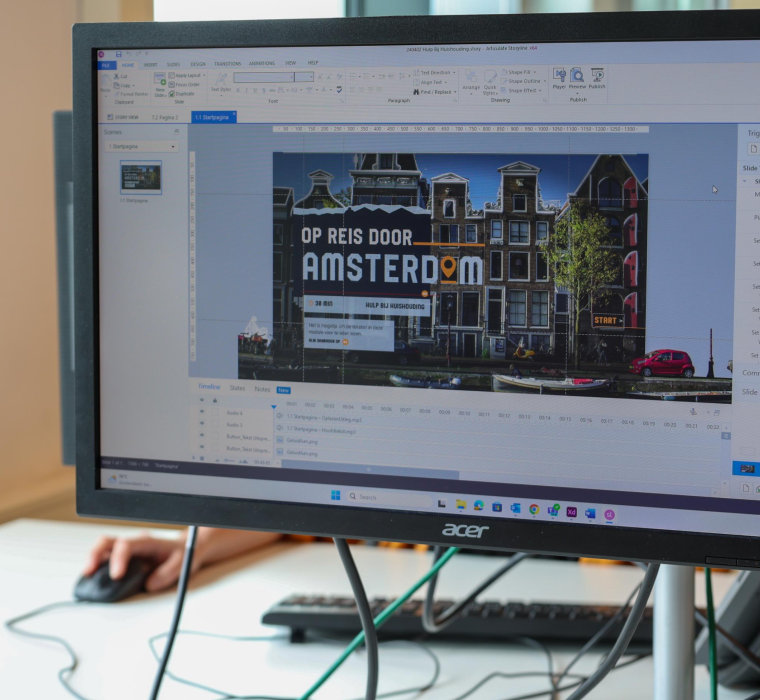
Hi Teun,
Sure! As a project manager, you may occasionally encounter that the need for the position is not always felt unless it suddenly falls away. I also sometimes compare it to an orchestra conductor. When the conductor is there from the beginning you think: but surely the orchestra knows what to do? But when the conductor drops out, you notice the difference. I think this can be compared to project management. I like to find out!

The (un)sense of project management
For some an indispensable, for others an unnecessary function that involves far too much time and money. There are different opinions about the sense or nonsense of project management. But how (un)useful is this function really? Are people unjustifiably lyrical about the function, or are we not giving project managers enough credit And as a project manager at inBrain, am I actually needed?
The sentence
Anyone who has ever experienced a project without any form of direction knows: this can go either way. People talk past each other, expectations are not expressed, deadlines are forgotten and the end result is usually something between “just not” and “too comprehensive.
It is precisely where there is no clear direction that the added value of project management is readily apparent. It starts with something very basic: clarity. Who does what, when and for what purpose? Getting this clear prevents endless meetings in which unspoken assumptions lead to misunderstandings and frustration.
Namely: risk management. Things do go wrong. Where people work, human error happens. But the difference between a manageable problem and a project that gets out of hand is often in the moment you see it coming. A good project structure makes risks visible before they grow into crises.
And then there is an often underestimated area of expertise: stakeholder management. It’s not just about the team working on it, but also the people around it: clients, end users, colleagues from other departments. Without outside involvement and context, you can work so hard internally: you may be building something no one really wants.
Finally, structure forces focus. In an environment without clear frameworks, people often work on what seems interesting or fun, rather than what actually contributes to the goal. A good project approach helps teams prioritize and maintain momentum toward delivery.
So good project management is not at all complicated or bureaucratic. It is simply making sure that people know what to do, that there is a plan that provides direction and that what is needed is delivered.

The nonsense
But yes… Surely in some organizations the idea has developed that more,better or more complicated processes automatically lead to better results. But in reality, this is a form of sham control. A Gantt chart can be so neatly laid out, it can still contribute little to achieving the project’s end goal.
In addition, some organizations have developed a culture where “processes” have become more important than realization. What starts out as support can quickly turn into patronization. Endless feedback, reports and interim updates. Often unnecessary, but scheduled to cover risks.
So why do we often strike out like this? Because process promises control. And control gives comfort. Especially to management layers that are not directly engaged in the substantive work, but want to be responsible “for the success of the project.” So we build extra layers, extra governance, extra KPIs .Not because it is necessary, but because no one wants to be held accountable for failure.
Conclusion
Project management is not a guarantee of success. It is a means, not an end in which processes should not be leading. Indeed: excessive project management can do more damage than lack of it. So: less ceremony, more common sense. Focus on the goal, keep the approach simple and let processes help you – not work against you.







